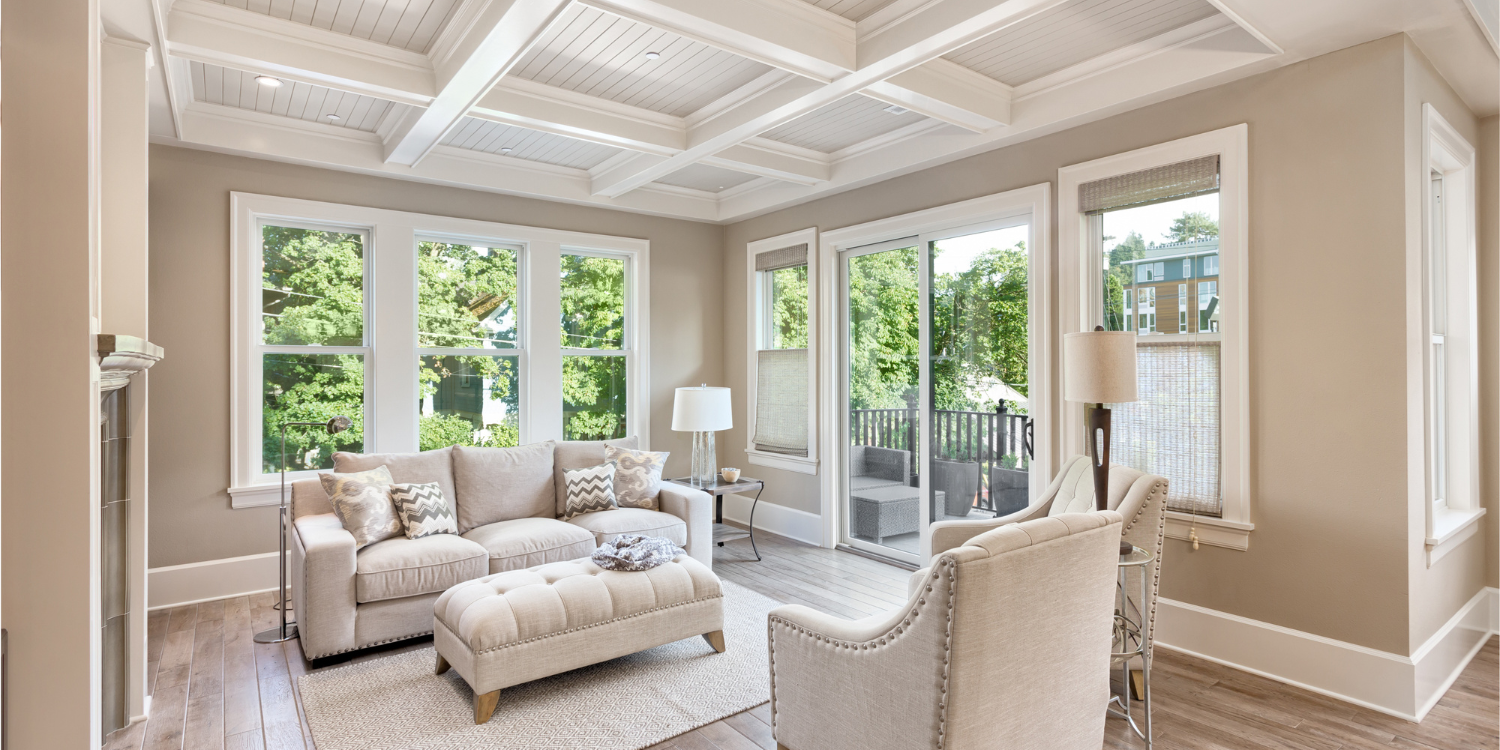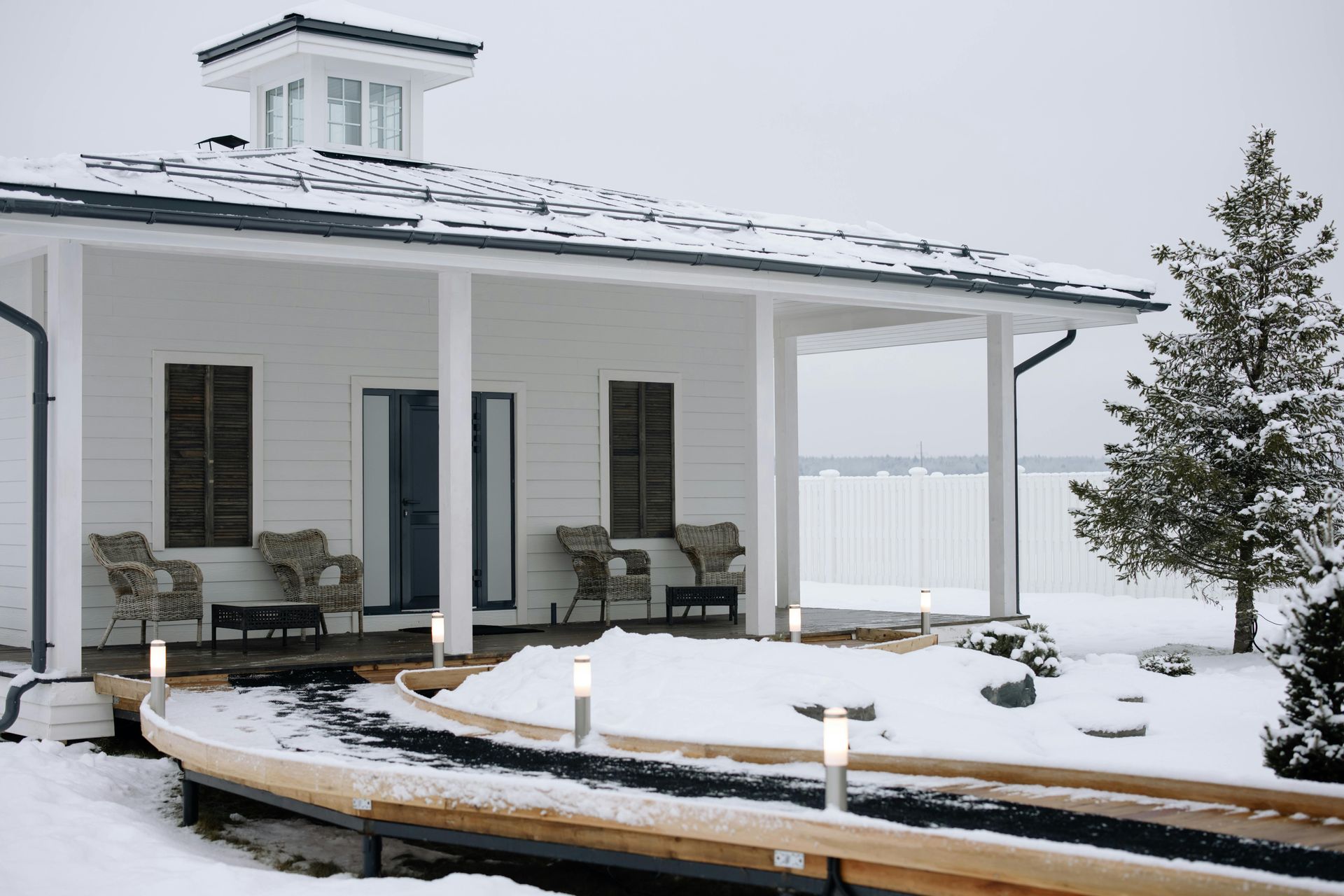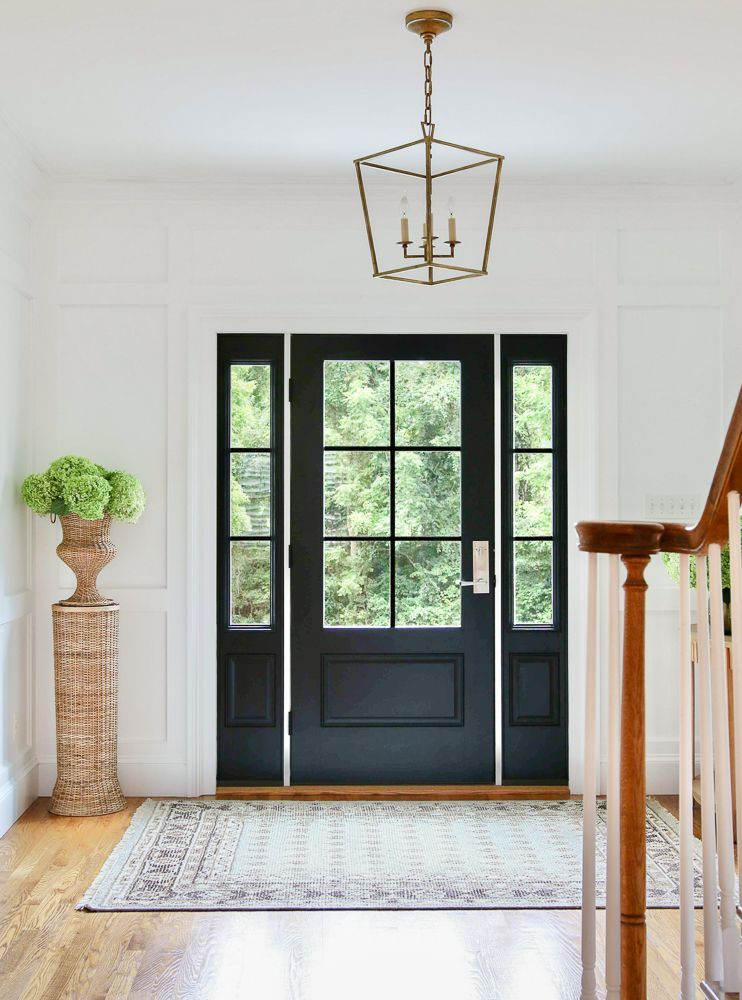Everything You Should Know Before Installing New Windows

Your home’s windows play a vital role in maintaining its comfort, style, and energy efficiency. Upgrading your windows can give your home a facelift while increasing its value. In this FAQ style guide, we give you the information you need to consider before installing new windows.
How Do you Know it’s Time to Upgrade Your Windows?
If your windows are old, drafty, hard to operate, or have condensation between glass layers, it’s probably time to upgrade. Additionally, if you notice a spike in your energy bills, it may mean your windows are not properly insulated anymore.
For some, it may just be time to update the home’s style. In that case, better technology comes as a bonus!
Can I Install New Windows Myself?
While some experienced DIYers may handle basic window installations, it’s generally recommended to hire professionals. They can ensure proper installation that maximizes the performance and lifespan of your windows, and their work often comes with a warranty.
Plus, you don’t want to install new windows to lower your energy bills and then end up with worse drafts than before.
What Are the Steps in Installing a New Window?
These are the general steps for window installation:
- Remove the old window: Carefully take out the existing window and clean the opening.
- Prepare the opening: Inspect the opening for any damage and make necessary repairs. Ensure it is level and square.
- Check the fit: Dry-fit the new window to ensure it fits into the opening.
- Install the new window: Secure the window following the manufacturer’s instructions.
- Seal the window: Apply caulk or insulation around the window to ensure airtight sealing.
- Install the trim: Attach interior and exterior trims to finish the installation.
What Must I Consider Before Installing New Windows?
When installing new windows, consider factors like the window’s size, style, energy efficiency, material, ease of maintenance, and budget. Also, consider the local climate and the orientation of your house to determine the best options for insulation and sunlight. Consulting with a window professional will ensure you get the most out of your upgrade. Especially if you’re looking for rebates.
How Long Does it Take to Put in a New Window?
Depending on the complexity and size of the installation, a professional can install a window within two to four hours. However, this timeline can extend if any structural issues are discovered during the installation.
For a whole house of windows, it could take a few days to a week. This estimate assumes no major structural alterations are needed.
Can You Get a Government Grant for New Windows?
Yes, the Government of Canada offers the Greener Homes Grant , allowing qualifying households to receive up to $5,000 for energy-efficient upgrades, such as updating windows and doors. This grant aims to encourage environmentally friendly home improvements.
New windows and doors must be ENERGY STAR® certified to qualify.

What Are the Most Popular Styles of Windows?
There are many window styles , each with its unique characteristics. The most popular ones we see people buy include:
- Double-Hung Windows : These have two operable sashes that move vertically.
- Casement Windows : Attached to the frame by one or more hinges, they swing out to open.
- Sliding Windows : They operate horizontally with one stationary panel and one sliding panel.
- Bay and Bow Windows : Protrude from the wall, creating a wide view and additional interior space.
- Picture Windows: Large, fixed panes with low-profile frames to maximize the view.
To learn more about your window options, call our team of experts today!
What Type of Window is Most Energy Efficient?
Double-pane and triple-pane windows with low-E coatings (thin layers that help regulate heat) are typically the most energy-efficient. They reduce heat transfer, helping keep your home warmer in winter and cooler in summer, contributing to lower energy bills. You will also want to look for ENERGY STAR® certified models to ensure they meet strict, government-regulated efficiency guidelines.
What Do U-Factor and R-Factor Mean for Windows?
U-factor and R-factor are measures of a window’s insulation ability. The U-factor measures how well a window prevents heat from escaping, while the R-factor measures resistance to heat flow. Lower U-factors and higher R-factors indicate better insulation.
Can New Windows Reduce My Heating and Cooling Bills?
Absolutely. Installing energy-efficient windows can significantly reduce your home energy bills. These windows minimize heat transfer, keeping your home’s temperature stable and reducing the need for artificial heating or cooling.
Shop Top-Quality Windows for Your Home Today
Ready to upgrade your windows? Visit The Door Centre for expert guidance and professional installation services. Start your journey towards a more comfortable, energy-efficient, and beautiful home today!
The post Everything You Should Know Before Installing New Windows appeared first on The Door Centre.














